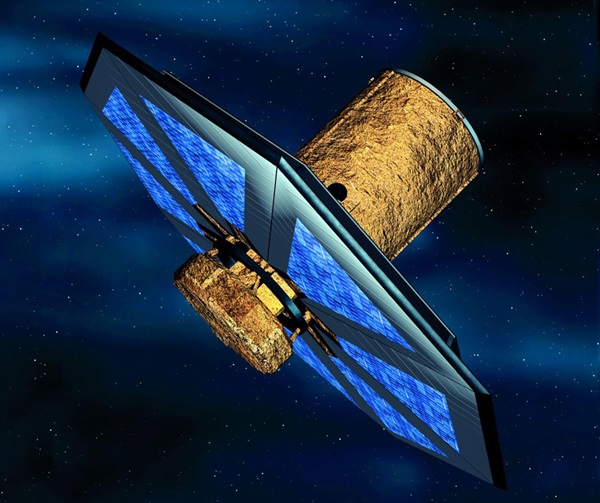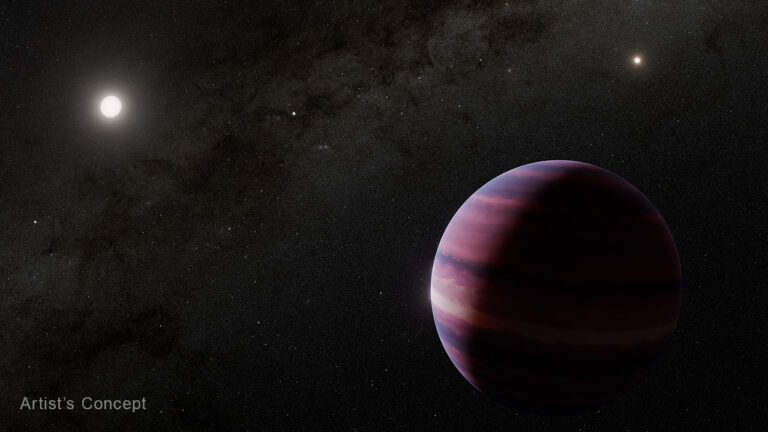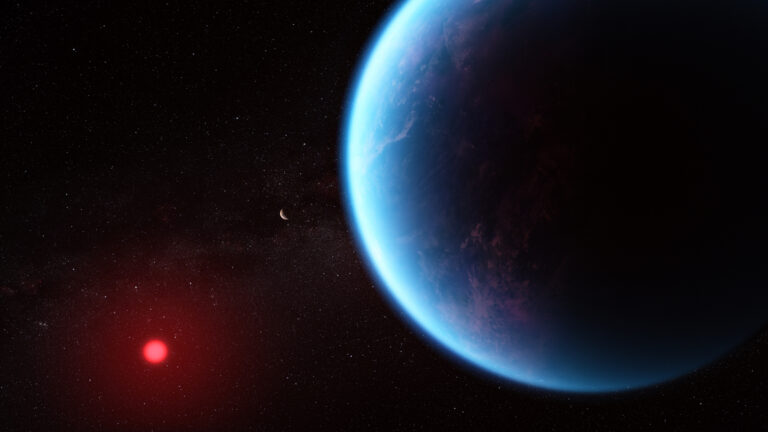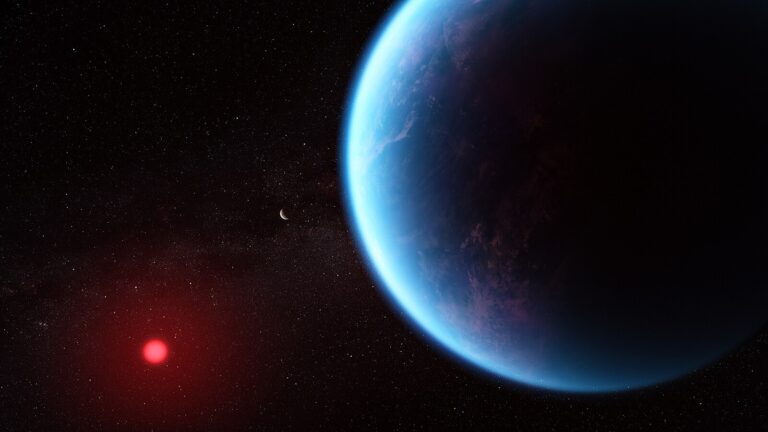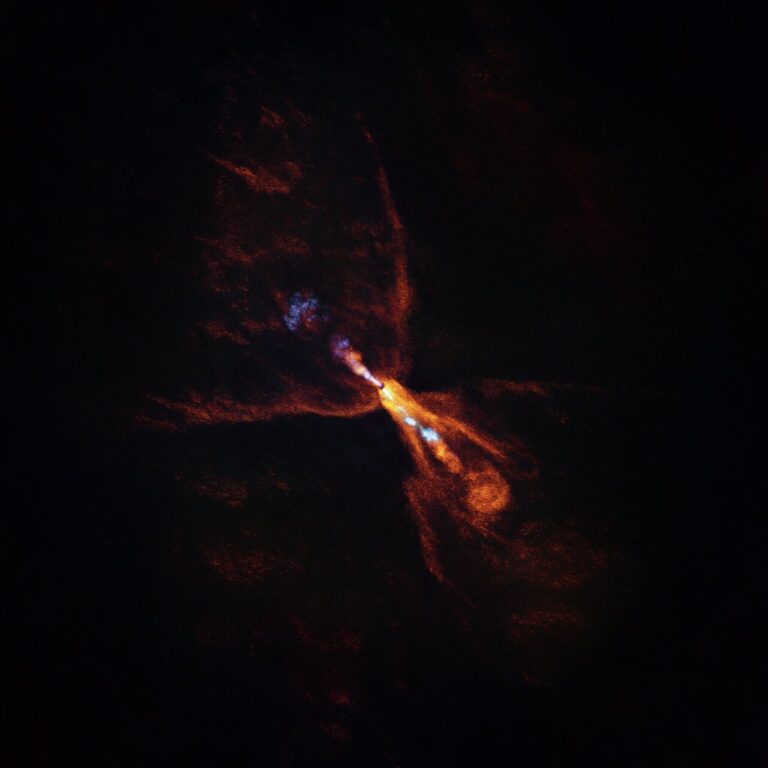Key Takeaways:
The budget request hit lots of space-exploration plans hard. It delayed the James Webb Space Telescope to a launch no earlier than 2013. And it deferred indefinitely a mission to Jupiter’s moon Europa, a mission to the asteroids Ceres and Vesta, and a Mars sample-return mission. Part of the money saved will be used to fund a space shuttle servicing mission to the Hubble Space Telescope, probably in late 2008 or early 2009. NASA had come under strong criticism when it decided more than a year ago to scrap the servicing mission, and public pressure helped restore it.
Of course, the current plans belong to NASA’s budget request, a document that likely will be modified, perhaps significantly, as it works its way through Congress. What the final funding levels will be — for better or for worse — is anyone’s guess.
Even if TPF is cut, this doesn’t mean plans to search for other earthlike planets will die with it. NASA still has two missions in the works. Kepler, scheduled for launch in 2008, will look for planets when they transit their parent stars. During a transit, a star’s light dims slightly. Repeated observations will show if the drop in light happens repeatedly and periodically — a signature of an orbiting planet.
Kepler will observe hundreds of thousands of stars to look for transits. Once a planet is found, researchers will measure its orbit. This, combined with the properties of the parent star, will tell astronomers if the planet lies in the star’s habitable zone, where liquid water can exist on the surface.
A more-advanced mission will be SIM Planetquest, formerly known as the Space Interferometry Mission. This was originally planned as a precursor to TPF, but may now have to stand on its own. Using a technique called interferometry, SIM Planetquest will combine the light from two separate mirrors (on the same spacecraft) to make precise measurements of the positions of objects. Among other things, this will allow astronomers to detect the tiny wobble in a star’s motion induced by an orbiting planet. SIM Planetquest will search the nearest 250 stars for planets about Earth’s size, and a few thousand stars to search for Neptune-size and bigger planets. The mission will launch no earlier than 2015 — a delay of 3 years from the original plan.
NASA isn’t the only agency searching for earthlike planets. The European Space Agency (ESA) plans to launch Darwin, a mission to search for signs of life, around the middle of the next decade. Like SIM Planetquest, Darwin will be an interferometer. But Darwin will have three telescopes, each 3 to 4 meters in diameter and each flying on a separate spacecraft.
Darwin will first search for terrestrial planets in the habitable zones of stars within about 80 light-years of Earth. It will then study these planets’ atmospheres to look for gases that indicate the possibility of life and image the planets with a resolution up to 100 times better than possible with the James Webb Space Telescope. Darwin will observe at mid-infrared wavelengths, where the parent star’s brightness won’t overwhelm any planet.
In many ways, Darwin seeks to accomplish the same things NASA intended for TPF. So NASA’s decision, although painful, shouldn’t permanently halt astronomers’ attempts to find life in the cosmos.

